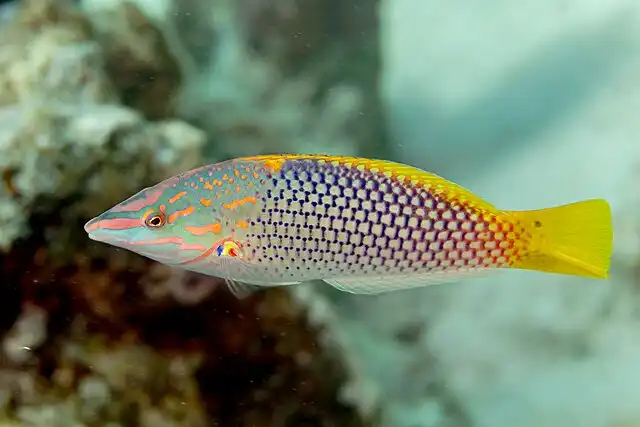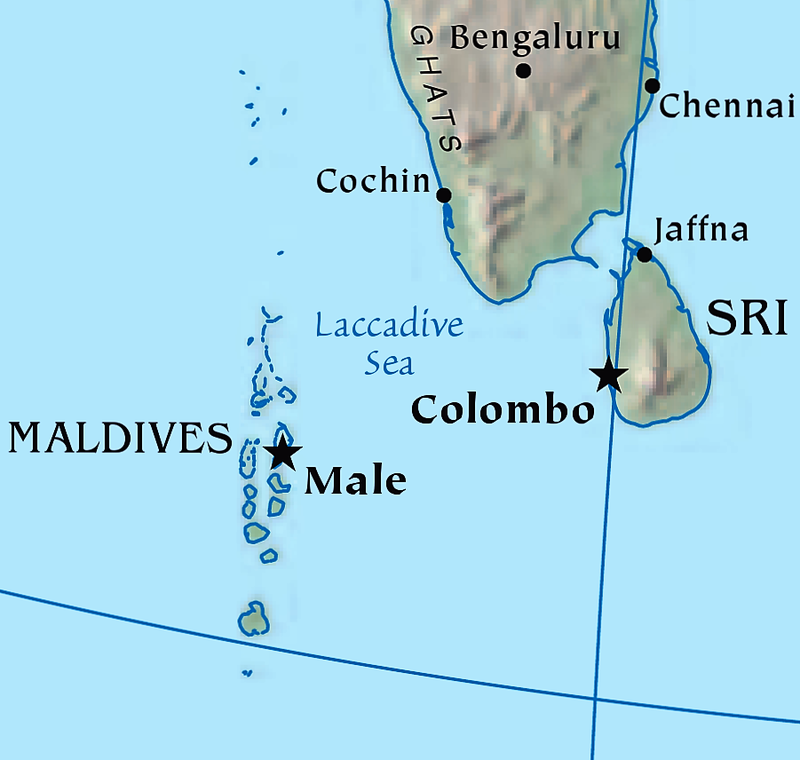Free Courses Sale ends Soon, Get It Now


Free Courses Sale ends Soon, Get It Now



Disclaimer: Copyright infringement is not intended.
Context:
Tool using fishes:
The Laccadive Sea details

Significance of Findings:
Source:
|
PRACTICE QUESTION Q) Which of the following statements about tool-using fishes and the Laccadive Sea are correct? 1) The Laccadive Sea is bounded by the southwestern coast of India, the Maldives, and Sri Lanka. 2) Octopuses have been observed using coconut shells and other objects for shelter. 3) The Laccadive Sea covers an area of approximately 786,000 square kilometers and is known for its diverse marine life. 4) Dolphins use marine sponges to protect their rostrums while foraging on the seafloor. 5) Anvil use has been observed in more than 50 fish species worldwide. Options: A) 1,2, and 3 only B) 1, 3, and 4 only C) 2, 3, and 4 only D) 1, 3 and 5 only Explanation: B) |
© 2024 iasgyan. All right reserved